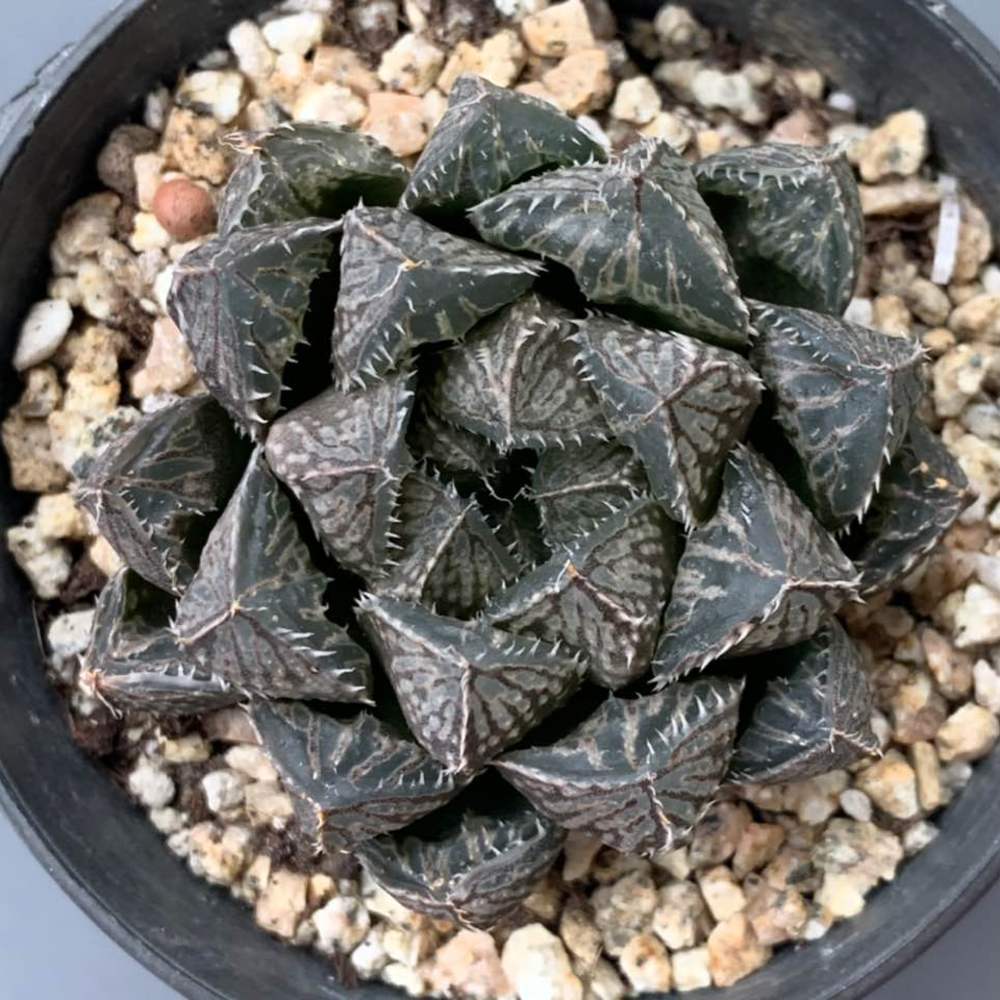植物经验
详细说明
The thick, patterned foliage has windows, or mirrors that look almost as though you can see into or through the plant. There are extra tones and spikes too which add great interest and texture. You could spend hours gazing into the complex structure. The leaves grow in a compact rosette.
Haworthia ‘Mirrorball’ comes in a 7.5cm pot and the plant is around 5cm across.
Haworthia ‘Mirrorball' makes a sensational house, office or patio plant. They are easy care in containers and will grow even in low light positions.
Haworthia are rarely bothered by pests and require no fuss. Their swollen leaves are designed to store water, this enables them to withstands long, dry periods. The variation in forms and texture (which developed mostly to protect themselves from predators) is a gardener’s delight.
Growing Conditions
Light: Bright light, but not direct sunlight. These grow in similar conditions to other succulents. White or yellow leaves usually signify too much sun.
Water: Water evenly and generously in the summer, letting the soil media dry out between watering. In the winter, reduce watering to every other month. Never allow water to collect in the rosette.
Temperature: Warmer summers but cool in the winter (down to 50˚F/10˚C).
Soil: Use a cactus mix or very fast-draining potting soil mixed with sand.
Fertilizer: Fertilize during the summer growing season with a cactus fertilizer. Don’t feed during the winter.
Propagation
Haworthia can be propagated at repotting time using offsets from the mother plant. When taking offsets, use a sharp knife or snippers and cut as close to the mother stem as possible to including as many roots as possible, then allow the offset to dry briefly before repotting it (similar to cuttings from other succulents).
Pot the offsets in a small pot, using the same soil as the mother plant, put it a warm, bright spot, and make sure to adequately water.
Haworthia ‘Mirrorball’ comes in a 7.5cm pot and the plant is around 5cm across.
Haworthia ‘Mirrorball' makes a sensational house, office or patio plant. They are easy care in containers and will grow even in low light positions.
Haworthia are rarely bothered by pests and require no fuss. Their swollen leaves are designed to store water, this enables them to withstands long, dry periods. The variation in forms and texture (which developed mostly to protect themselves from predators) is a gardener’s delight.
Growing Conditions
Light: Bright light, but not direct sunlight. These grow in similar conditions to other succulents. White or yellow leaves usually signify too much sun.
Water: Water evenly and generously in the summer, letting the soil media dry out between watering. In the winter, reduce watering to every other month. Never allow water to collect in the rosette.
Temperature: Warmer summers but cool in the winter (down to 50˚F/10˚C).
Soil: Use a cactus mix or very fast-draining potting soil mixed with sand.
Fertilizer: Fertilize during the summer growing season with a cactus fertilizer. Don’t feed during the winter.
Propagation
Haworthia can be propagated at repotting time using offsets from the mother plant. When taking offsets, use a sharp knife or snippers and cut as close to the mother stem as possible to including as many roots as possible, then allow the offset to dry briefly before repotting it (similar to cuttings from other succulents).
Pot the offsets in a small pot, using the same soil as the mother plant, put it a warm, bright spot, and make sure to adequately water.
花相册 (5)
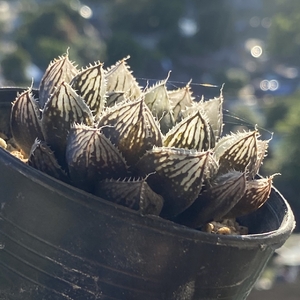
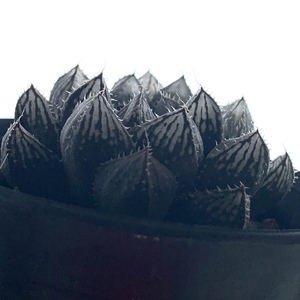
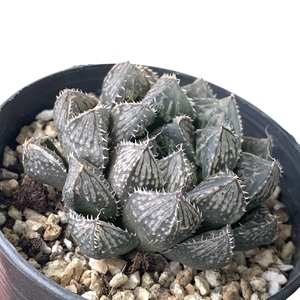
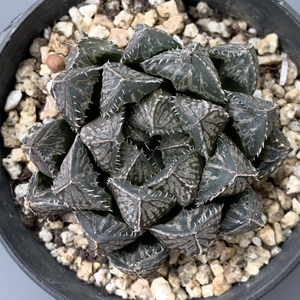
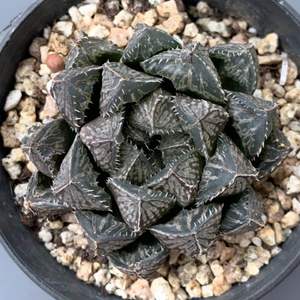
kensong
2020年01月02日

Haworthia backlighted.


kensong
2019年09月14日

This is my first growing diary. From AugustFame RM17










